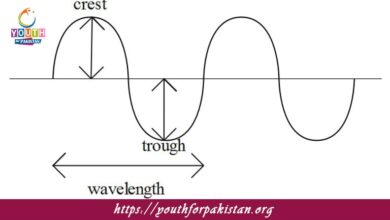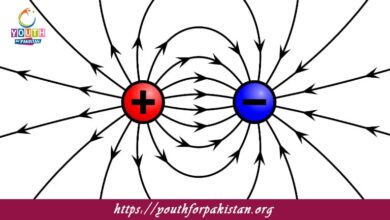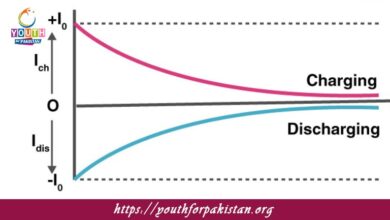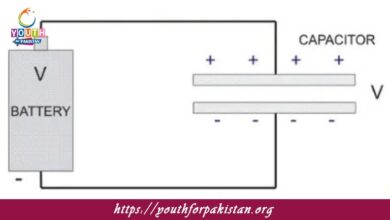Collision MDCAT Quiz with Answers
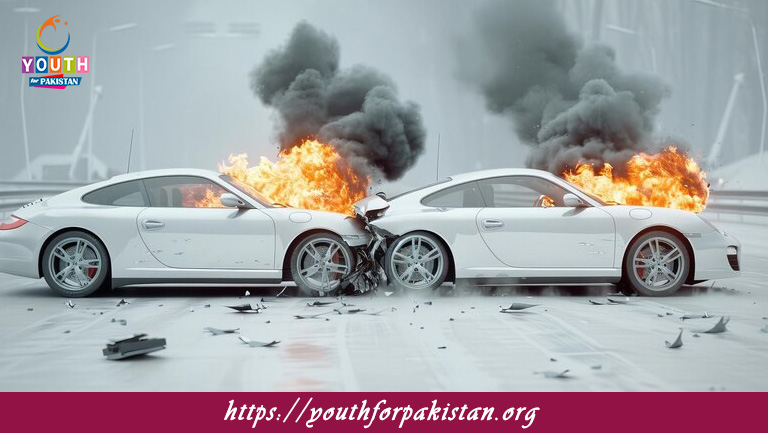
Collision MDCAT Quiz are the events in physics whereby two or more objects interact either by direct contact or at a distance, thus exchanging momentum and energy. This topic is very important for MDCAT students since most questions in the physics part of the paper are based on this. There are two types of collisions: elastic and inelastic, depending on kinetic energy conservation. Principally, one needs to understand the concept of a collision and how the Law of Conservation of Momentum can be applied to solve problems related to it in the MDCAT Quiz.
Understanding Collisions and Their Types
In the case of an elastic collision, both momentum and kinetic energy are conserved. This usually happens between rigid bodies, for example, billiard balls, where kinetic energy is not lost by the objects that rebound. In contrast, inelastic collisions conserve momentum but not kinetic energy; a portion of it appears in other forms. A typical example of this is a car crash where the vehicles stick together after impact.
MDCAT Quiz: Collision-Based Questions
The MDCAT Quiz commonly contains questions in which students are required to analyze collisions, calculate post-collision velocities, or determine energy changes. The questions may involve two objects colliding elastically or sticking together in an inelastic collision. For instance, students might be asked to find the final velocities of two masses, given the initial velocities and masses. Problems might also require applying both the Law of Conservation of Momentum and kinetic energy principles in order to solve complex scenarios. There is always a need for practice to master collision-related problems and to have excellent confidence in answering such questions.
- Test Name: Collision MDCAT Quiz
- Type: Quiz Test
- Total Questions: 30
- Total Marks: 30
- Time: 30 minutes
Note: Answer of the questions will change randomly each time you start the test, once you are finished, click the View Results button.
Free Flashcards for Collision
For efficient MDCAT preparation, students can use free flashcards on collisions to help reinforce key concepts and equations. Flashcards may include definitions of an elastic and inelastic collision, important formulas, and practical examples. Reviewing these flashcards on a daily basis allows students to memorize the concepts in such a way that they can quickly recall them and apply them in the most appropriate manner while attempting the MDCAT Quiz. Inclusion of flashcards in a study routine would increase understanding of collisions and build problem-solving skills, resulting in improved performance in the physics section.

A collision where both momentum and kinetic energy are conserved is called __________.
an elastic collision

A collision where the objects stick together after the collision is __________.
a perfectly inelastic collision

In a perfectly elastic collision, both __________ and __________ are conserved.
momentum, kinetic energy

The momentum before a collision is equal to the momentum after the collision in __________.
an elastic collision

The type of collision where the total kinetic energy is lost but momentum is conserved is __________.
an inelastic collision

The energy lost in a collision is __________.
the difference between initial and final kinetic energies

In a two-body collision, the final velocities depend on __________.
the initial velocities and masses of the objects

A collision is said to be __________ if no energy is lost and the objects rebound without sticking.
elastic

During a collision, the change in momentum of an object is equal to __________.
the impulse applied to it

A collision between two objects where total kinetic energy is conserved is called __________.
an elastic collision

In an inelastic collision, some of the kinetic energy is converted into __________.
other forms of energy (heat, sound)

When two objects collide and move together, the collision is called __________.
a perfectly inelastic collision

The relative velocity of approach equals the relative velocity of separation in __________.
an elastic collision
Experience the real exam environment with our expertly designed collection of over 25,000 MCQs MDCAT Mock Tests.


